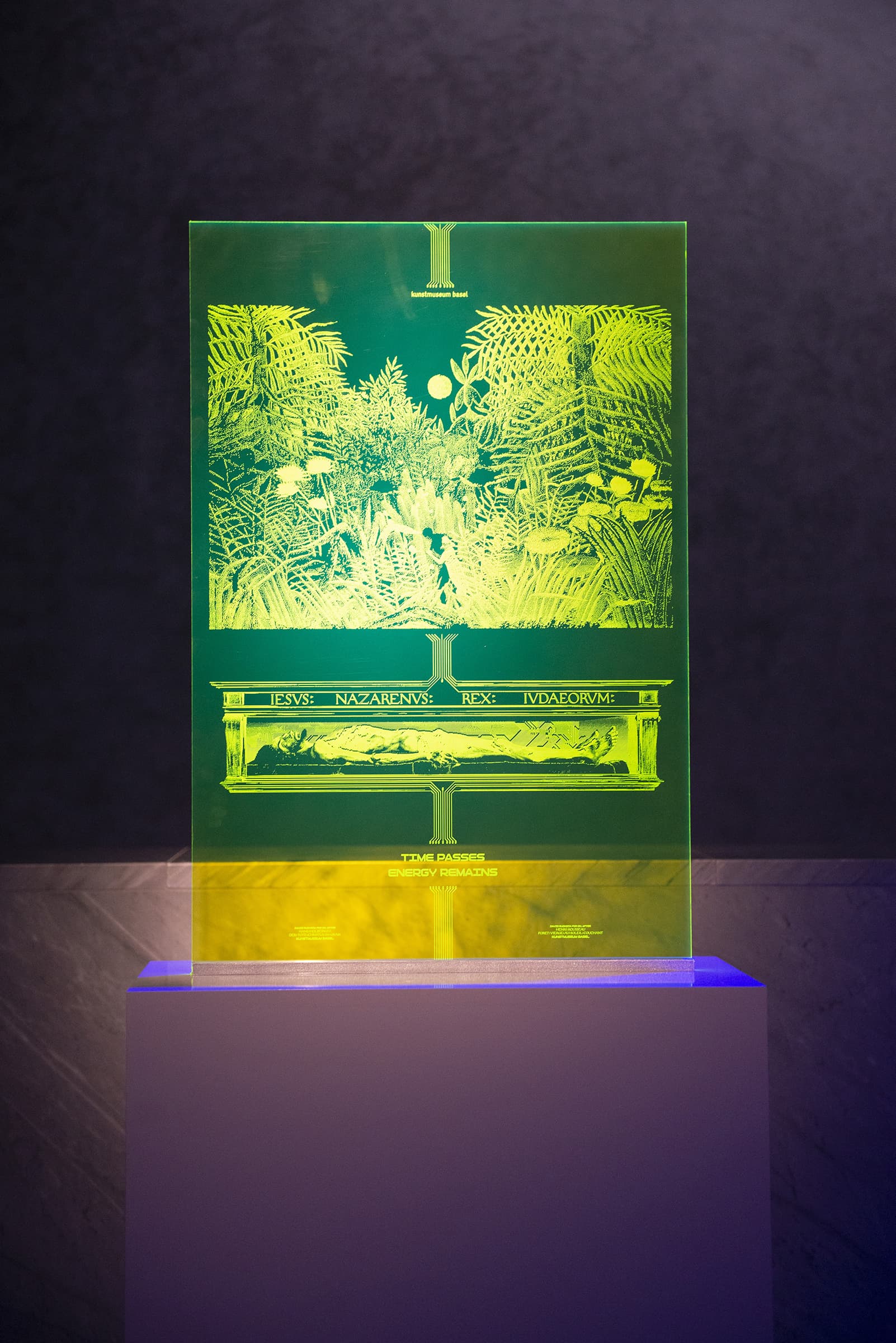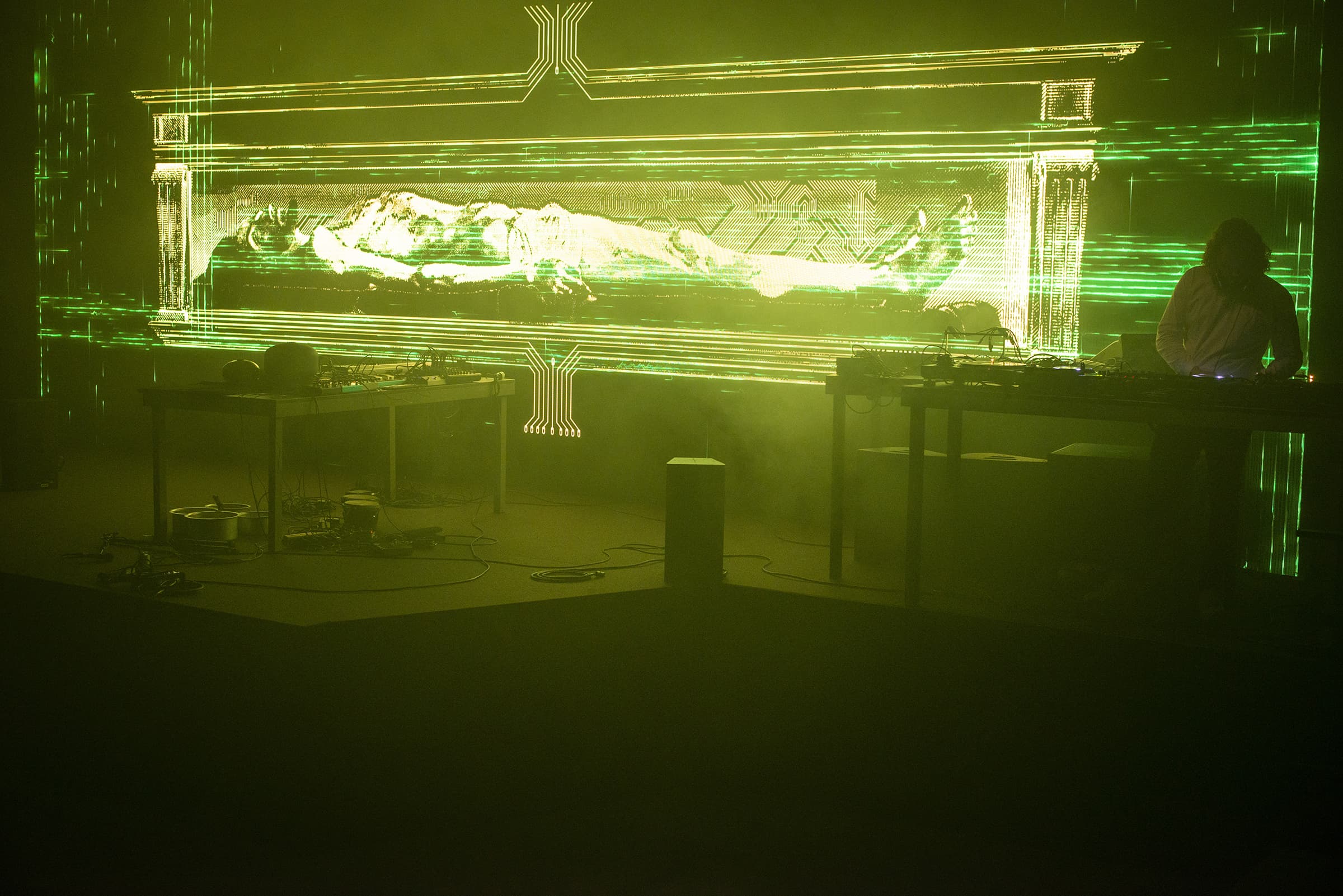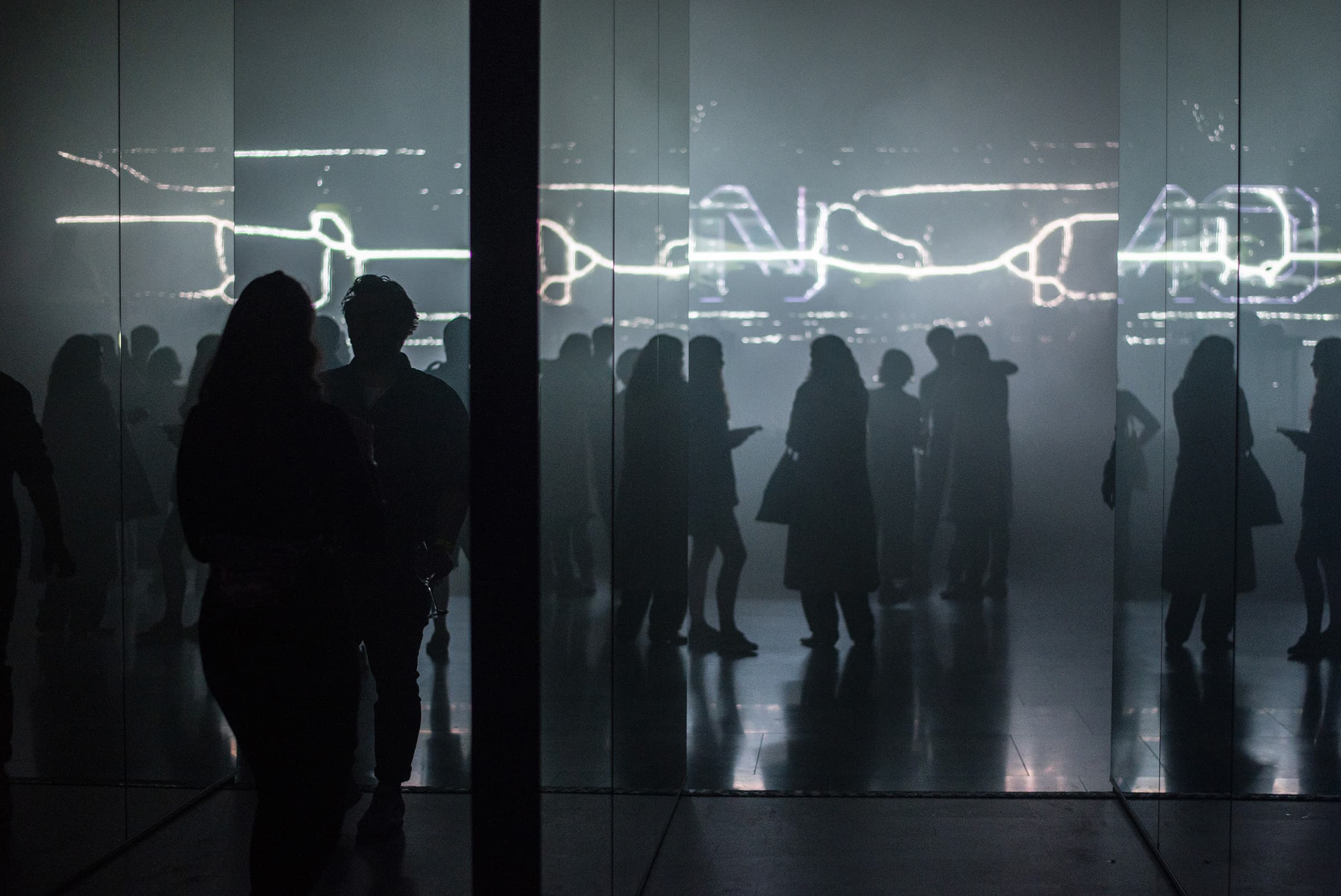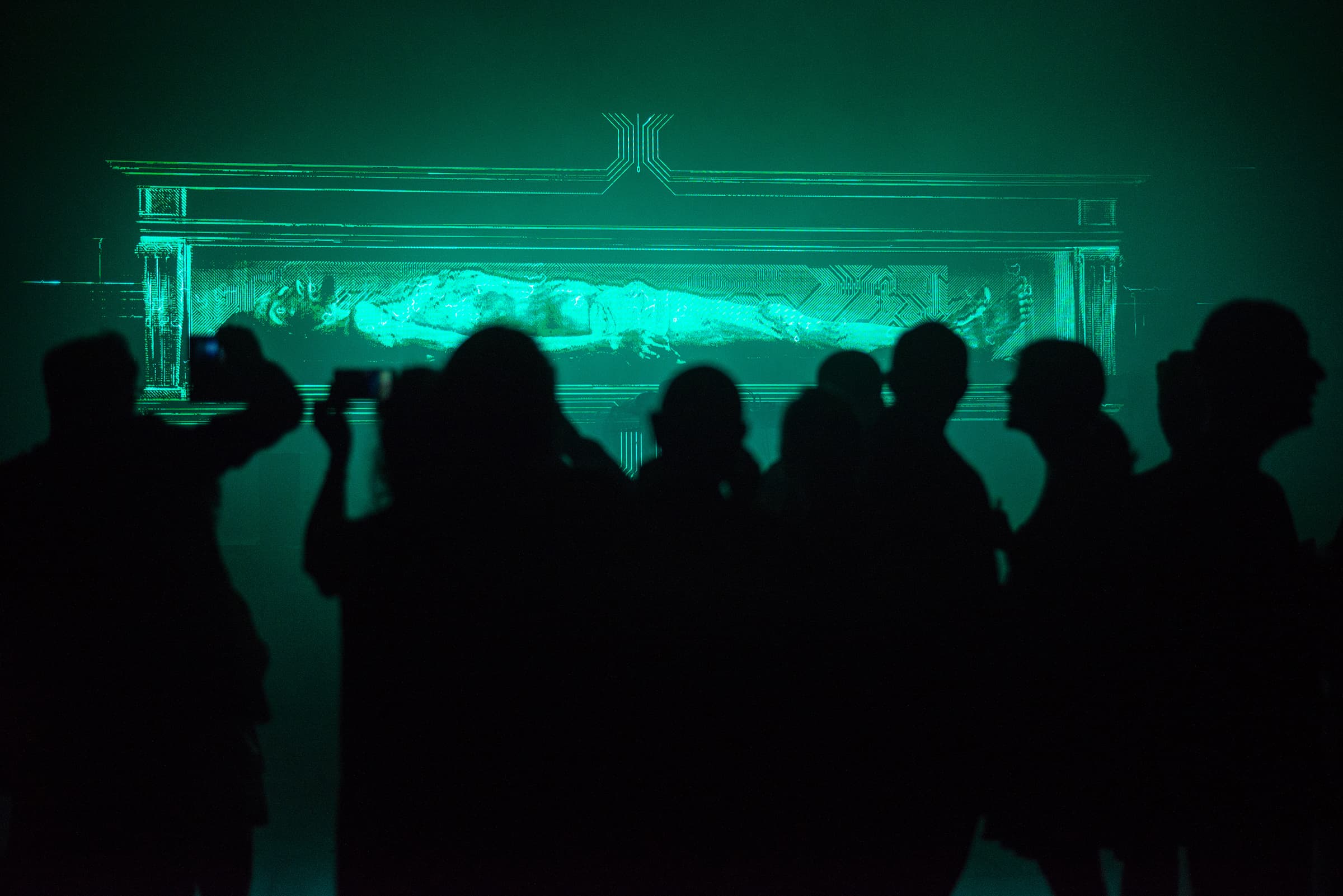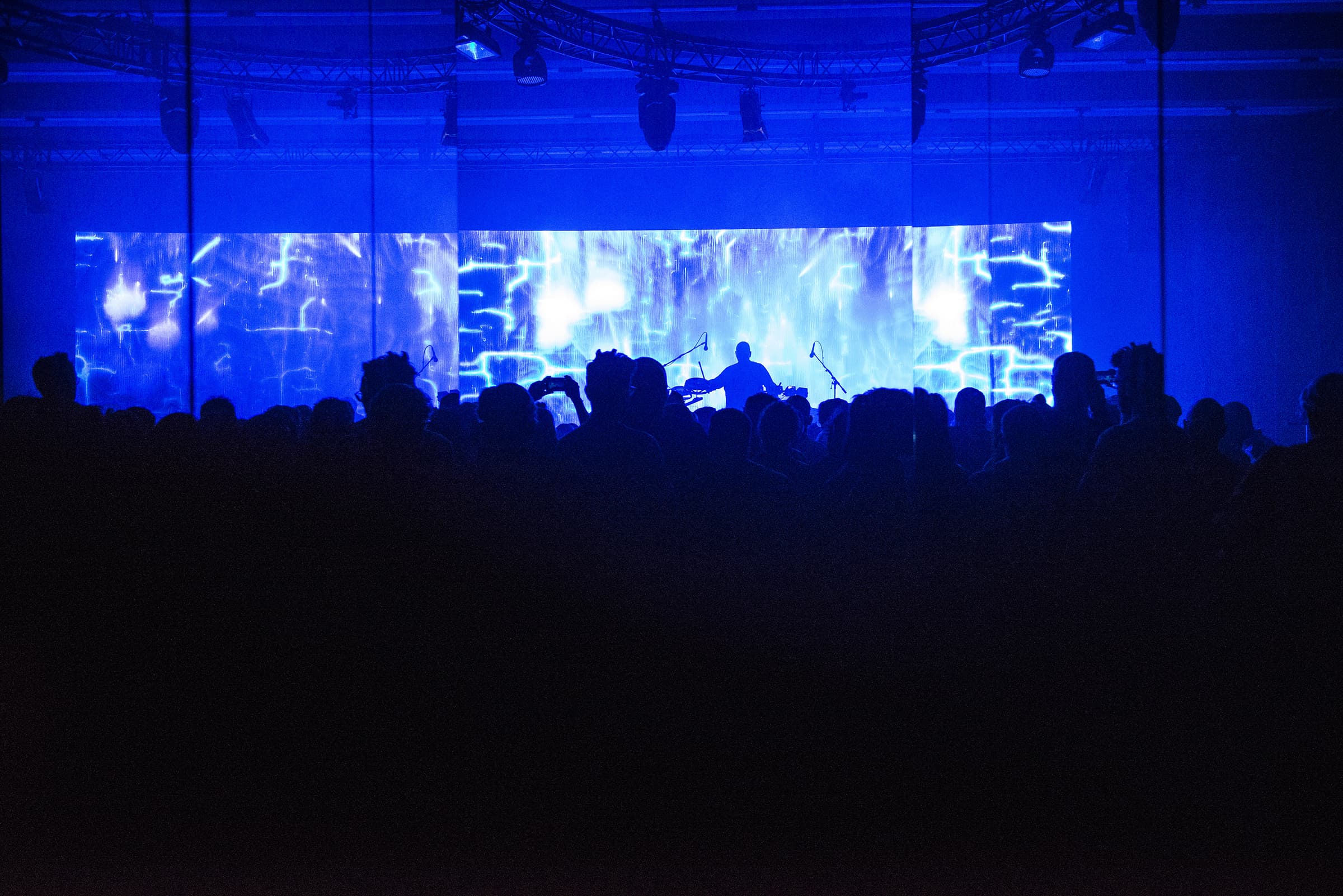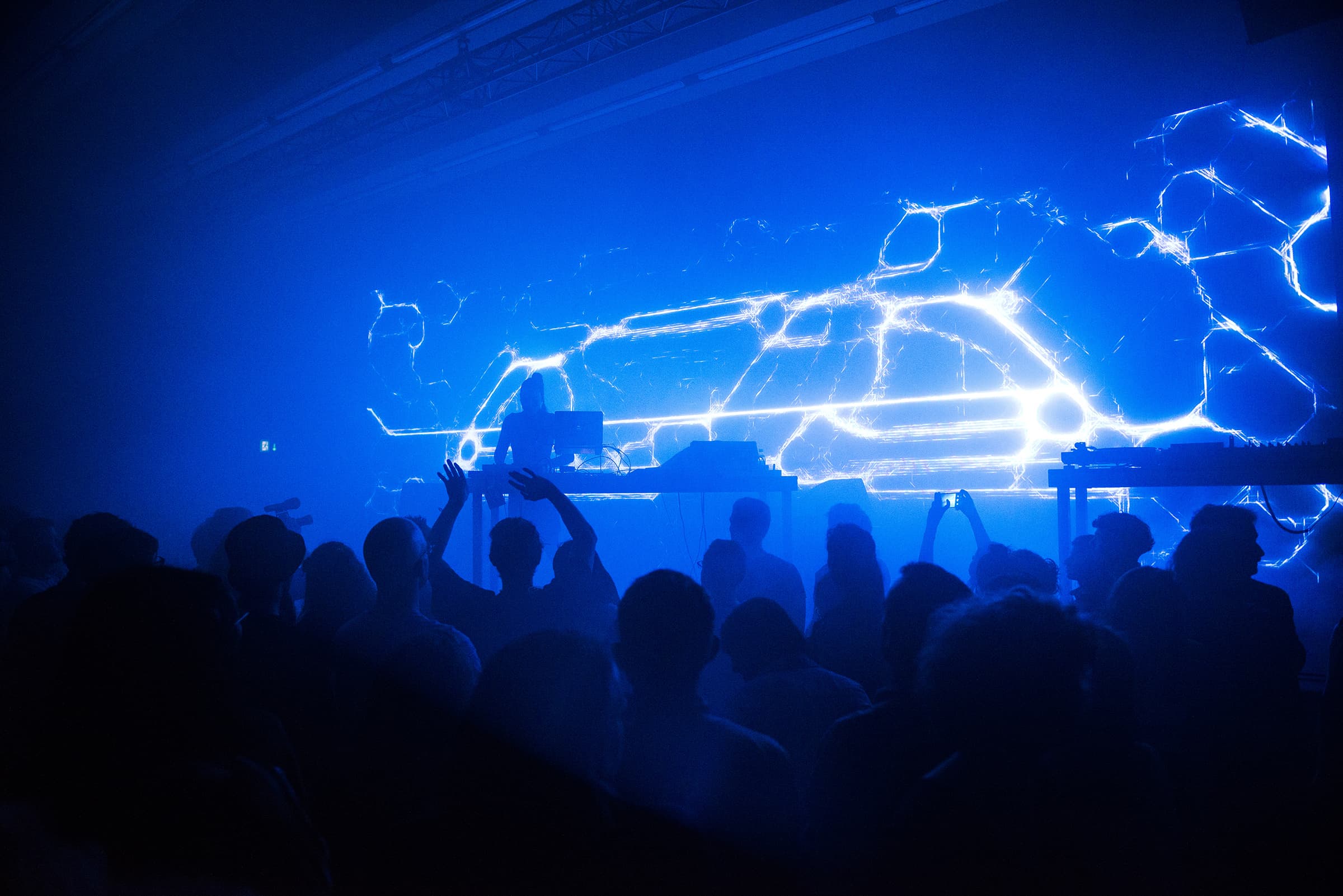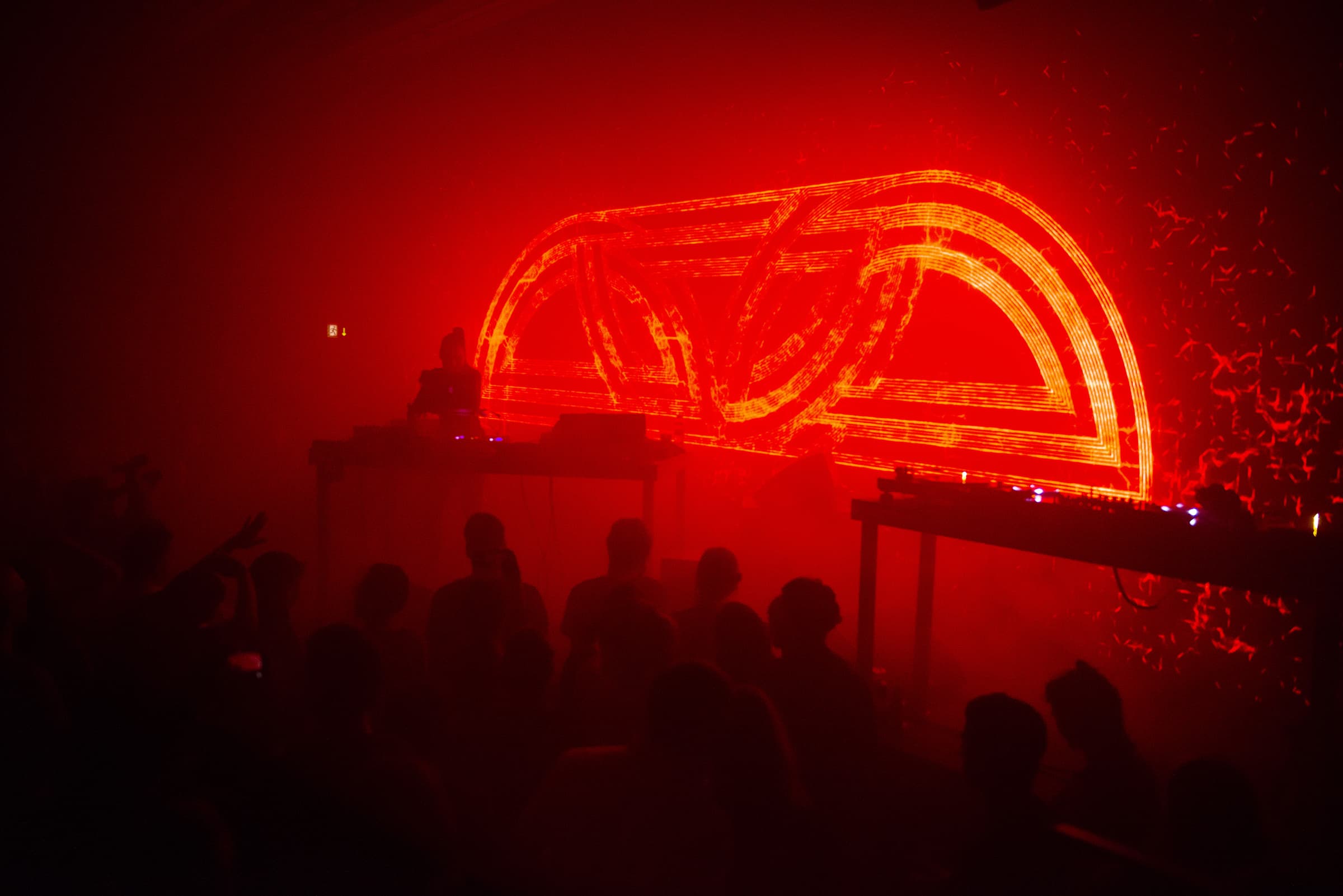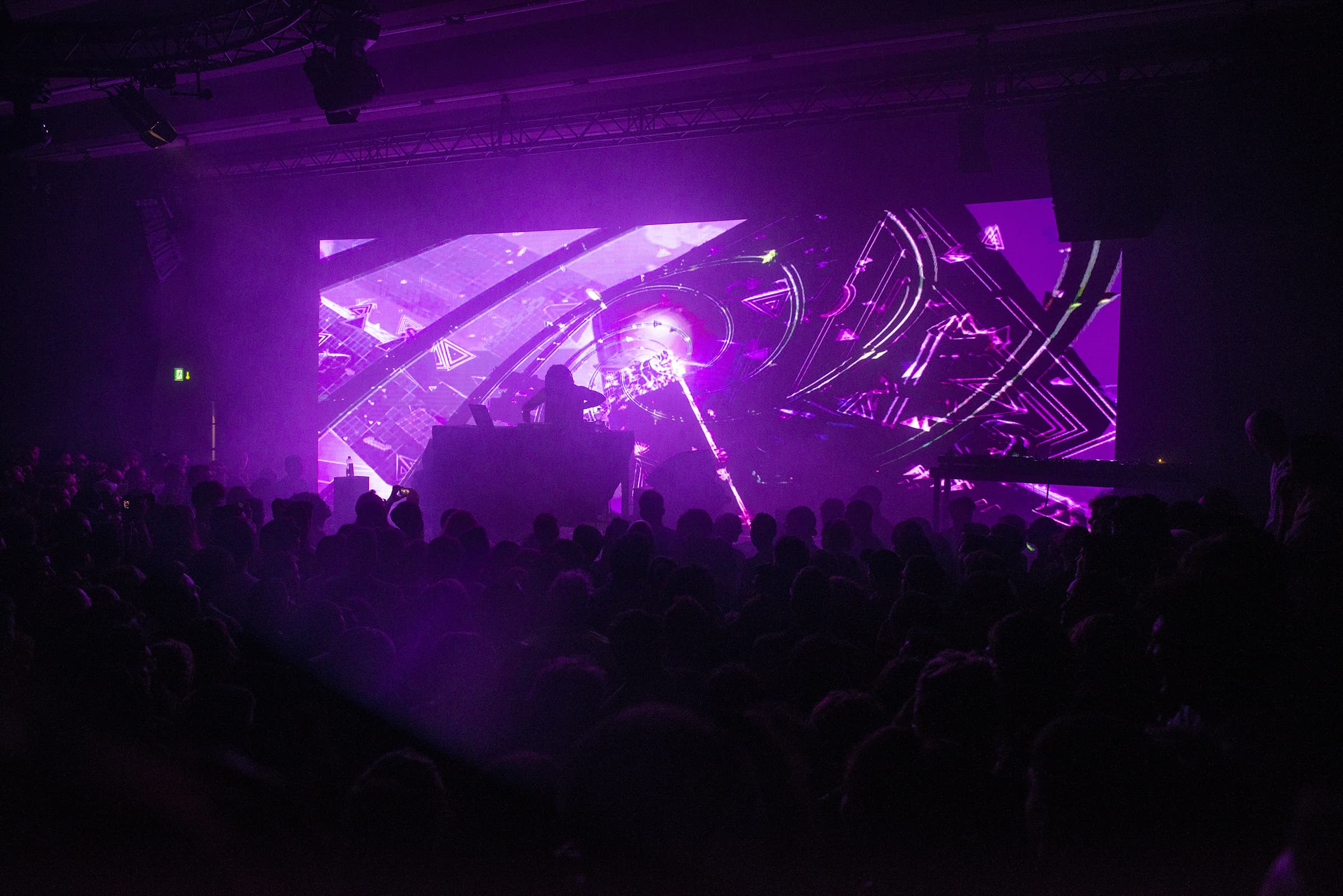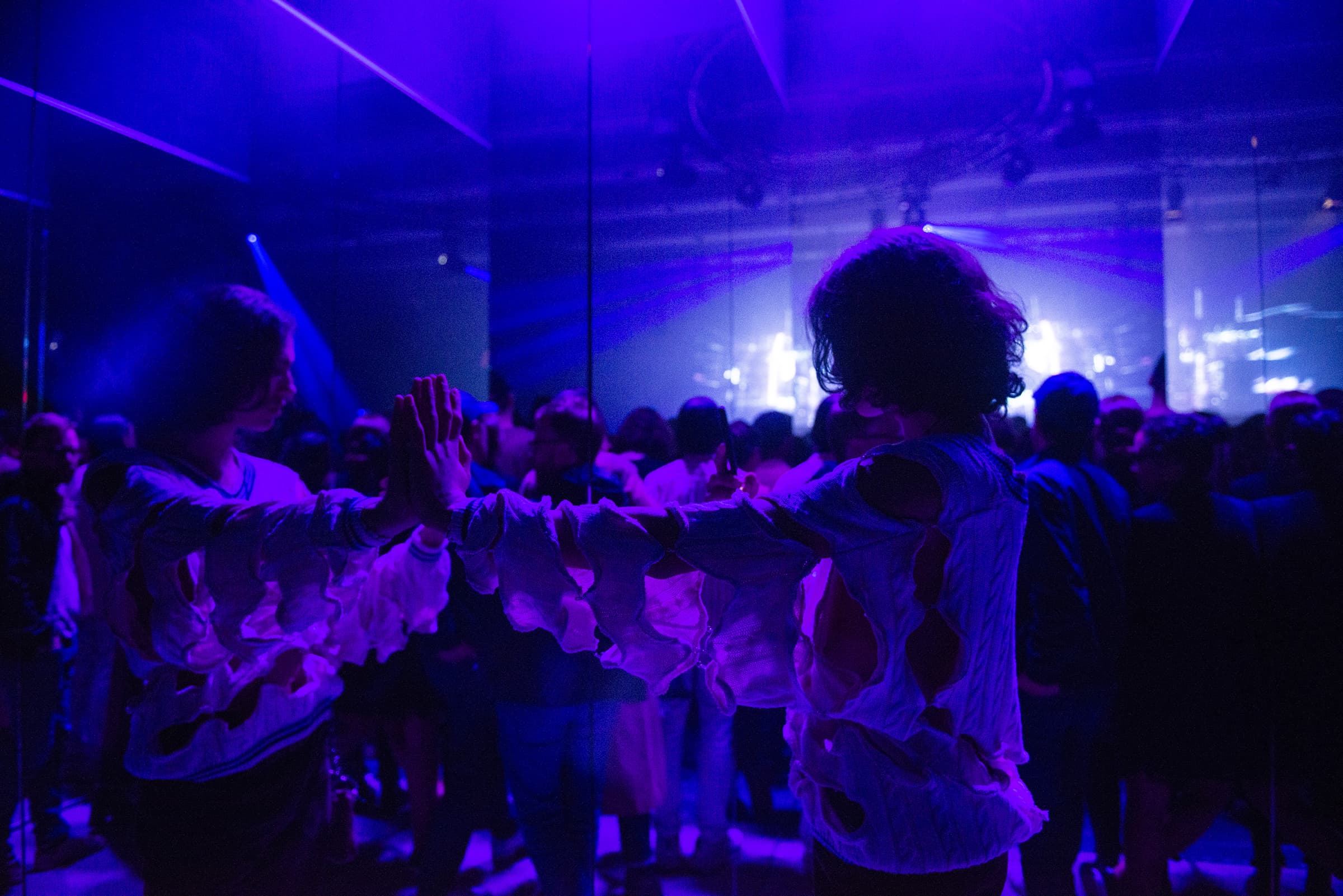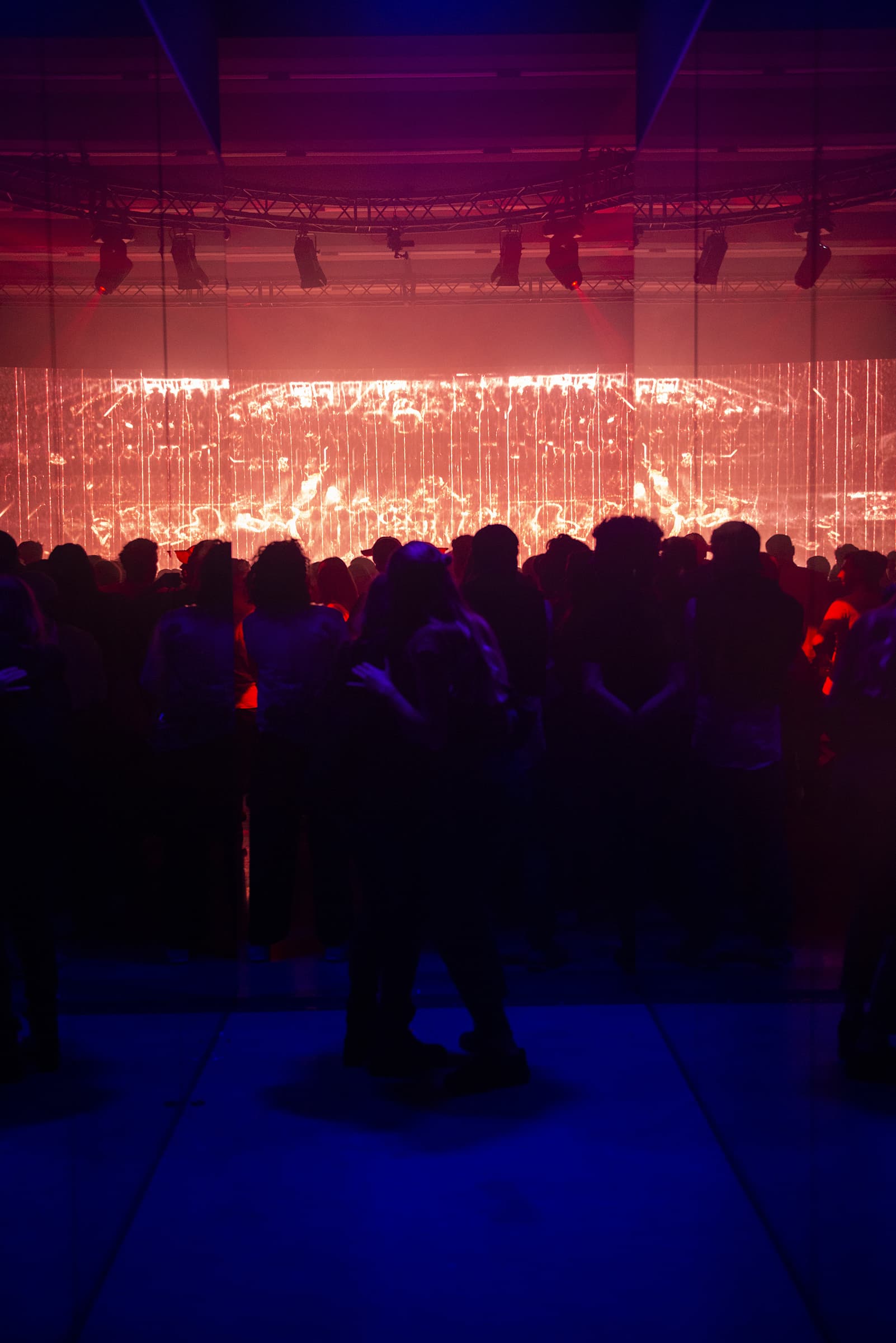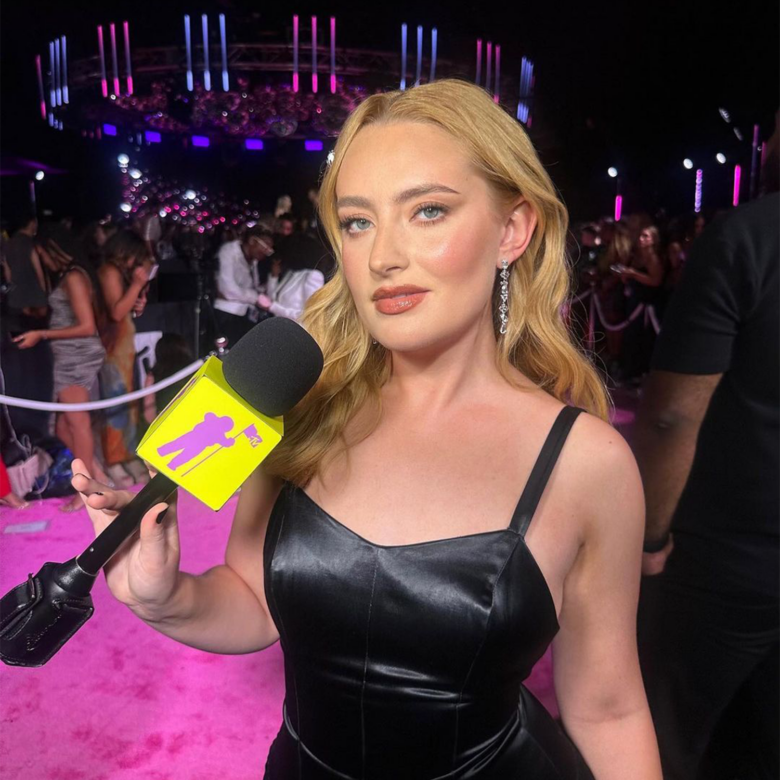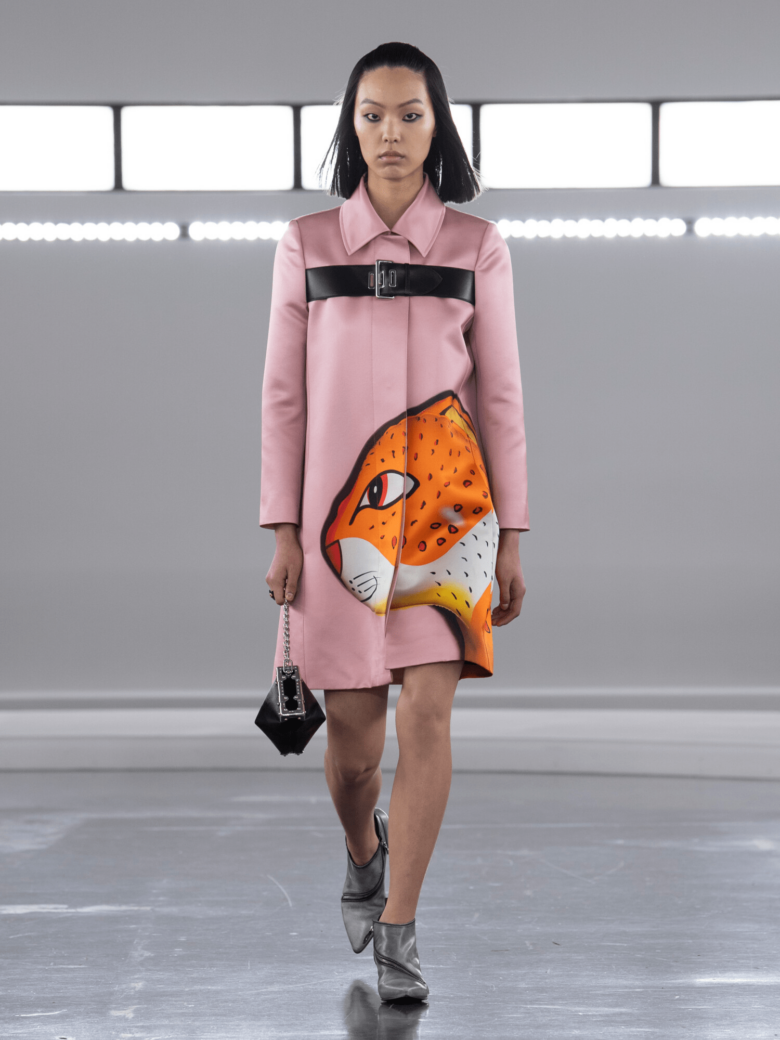ON: The New Event Combining Contemporary Music and Art
During Art Basel week The Kunstmuseum in Basel, Switzerland hosted the first edition of a new series of live events – ON. It was a night of performances from interdisciplinary artists such as Flying Lotus, Aisha Devi and Laurel Halo. Set within the Neubau which was transformed into a platform hosting music performances that blurred the lines between music, performance, and visual art – and realised them as one cohesive experience.
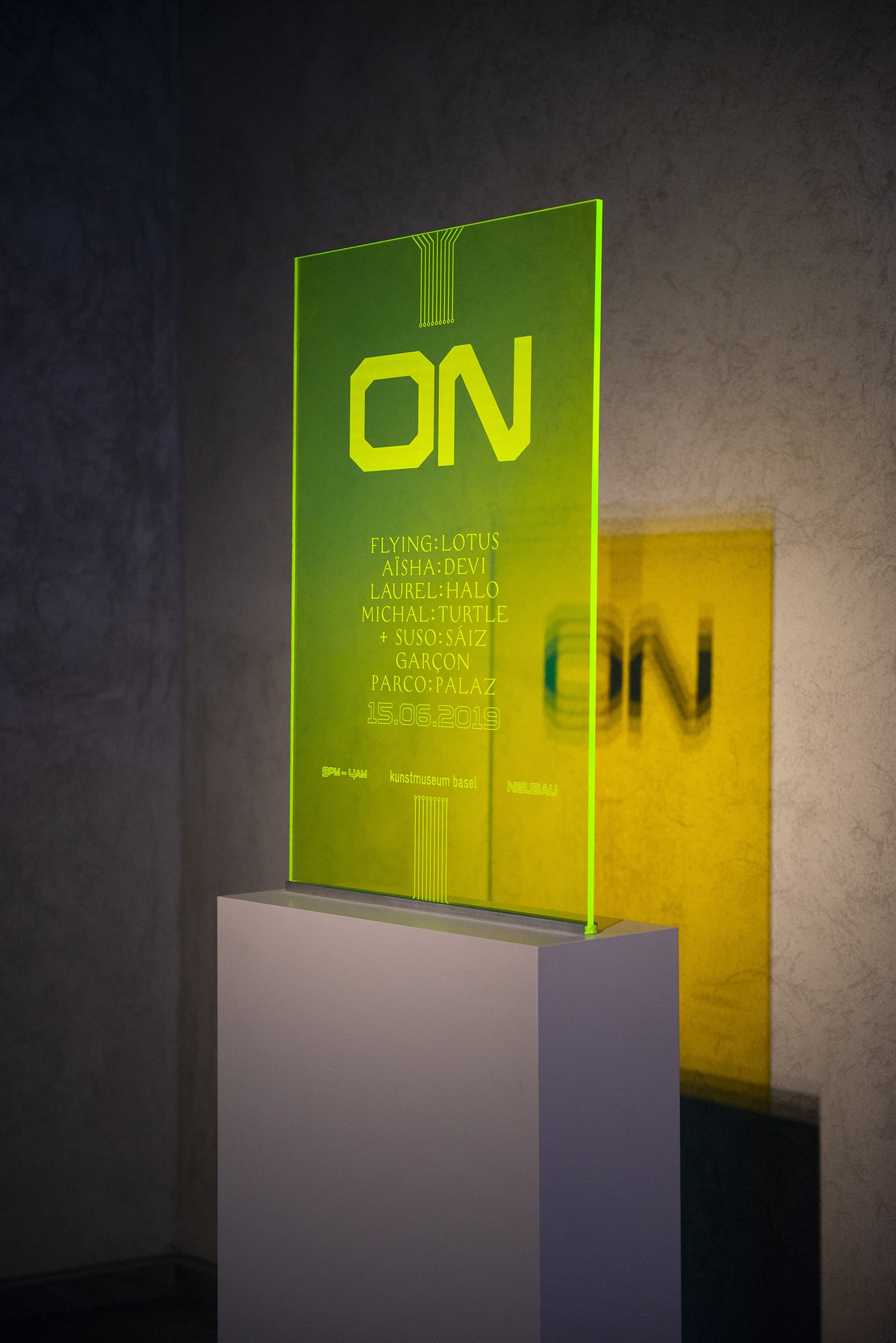
ON seemed to have been part of a much bigger ongoing evolution of the Kunstmuseum and the cultural positioning it has within the world. Even down to the building in which the event was being held – the Neubau. The Neubau was the newest construction of the three buildings which make up Kunstmuseum. It’s a brutalist building, with a grey angular and modern facade, which means the building stands out drastically against the backdrop of the rest of the city, where traditionalistic European architecture is the norm. The collection that is held here is considered to be within the top five most important collections of art within the world, and by far the largest and most significant in Switzerland. The collection features work from Monet, van Gogh, Picasso, Warhol, Mondrian, Gursky, and Rothko to name just a few.
David Rudnick was the Designer and Art Director who gave ON its visual identity, which carried the language of technology and futurism, everything had been carefully considered. While his education in Art History informed the way in which he involved the history of the Kunstmuseum within the visual language of ON. For example; the guest tags, which were made out of a computer motherboard (PCB) and actually worked as a circuit board for an image display system. The font used on the tags and throughout the event had been lifted from one of Kunstmuseums most impressive masterpieces – “The Body of the Dead Christ in the Tomb” by Hans Holbein the Younger. Design choices like this were sprinkled throughout the art direction of the event, which meant strands of history from the Kunstmuseum were woven into the fabric of ON – solidifying how it has been informed by the rich past of the institution.
Unfortunately, there isn’t always the same understanding or treatment for contemporary music, as there is for contemporary art, especially in the way we talk about the value of music, as it isn’t always appreciated as an art form – instead, it is treated as a consumer product. The parameters in which music can be evaluated and appreciated has been reduced to the number of streams it can quantify. On the contrary, electronic music and its audience largely have a different understanding of its value, as electronic music producers often come to music with cultural influence from visual art and art history. As Jannik puts it: “Electronic music is conceptual music. You can’t reduce something to its minimum, without understanding the complexity of the other things which reflect and influence the cultural sphere around it”. This is how the featured performers were chosen, specifically for the way they represent the artistic value in their music. While also being curated in a way to not exclude anyone from enjoying the event.
Jannik explains that they created the event because they felt that the clubbing and nightlife scene had come to a point where it was no longer innovative, due to its industrialisation. It’s come to a point where music operates within clubs and festivals, with little navigation outside of these realms. While there are events like CTM (Berlin), Terraforma (Milan) and Sonar (Barcelona), which push the boundaries of how we can experience music and art in a meaningful way, outside of the festival environment there aren’t many instants of this – other than within art institutions. However, ON took this to new levels. With custom built installations, reactive live visuals, and a line up which progressed music through the night in a way which felt like an evolving artificial intelligent brain. Pushing the music to new levels with the passing of time.
While arriving at the venue we were met with three mirrored hallways which lead to the performance area. The infinite reflections in the tunnel like structure, felt like they signified a movement into a space where the laws of reality were somewhat suspended, while making the outside world, feel distant and almost prehistoric. The evening started with an ambient introduction from Nicola Misîc, Micheal Turtle & Suso Sãiz, while Ezra Miller’s visuals pulsated and meandered on the large LED screen at the back of the stage. The environment felt somewhat surreal in a magical way. As Aïsha Devi took to the stage she delivered a performance which accelerated the atmosphere to new territories, her self-described hi-fi shamanistic sound tranced the audience. The night continued with the headliner Flying Lotus, who’s transgressive sound bridged not only music genres but also performance and artistic practices. Which resonated with the way Jannik spoke of how contemporary electronic music needed a space to be appreciated as an art form, and it felt like this space had been realised with the conjuncture of these performers, artists, art directors and designers at the Neubau.
The night went on into the early hours of the morning, while beat heavy DJ sets from Laurel Halo and Garcon kept the audience dancing and interacting with the live visuals. Attendees not only congregated on the dance floor but also in the courtyard of the Neubau. Where people who had come from all corners of the world for Art Basel, had conversations about their experiences from throughout the week and thoughts on the performances of the night.
ON was an event to cherish, and with more instalments to come we look forward to seeing it evolve.
Time passes, energy remains.
